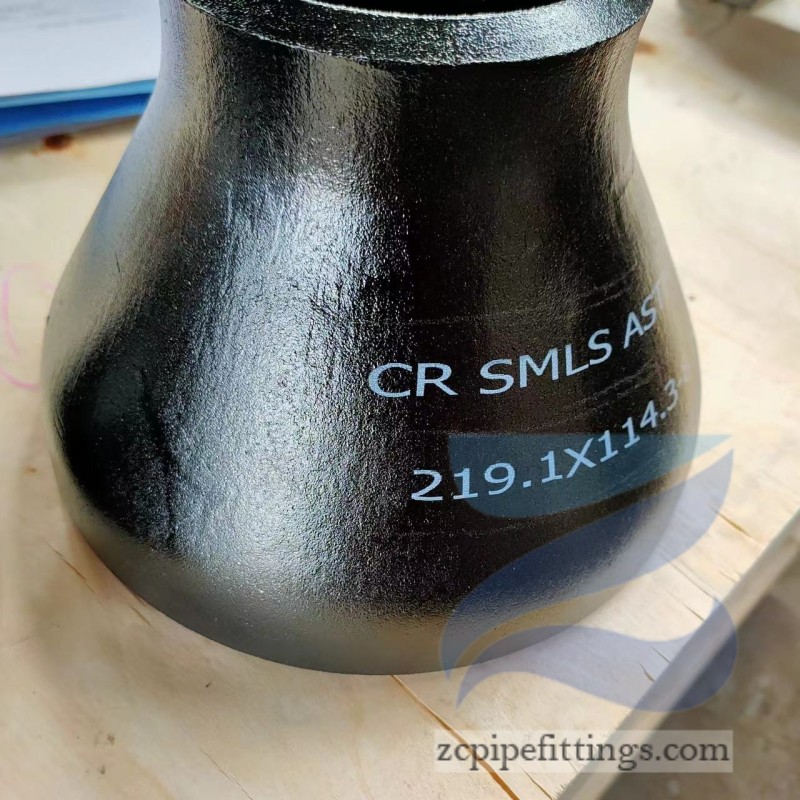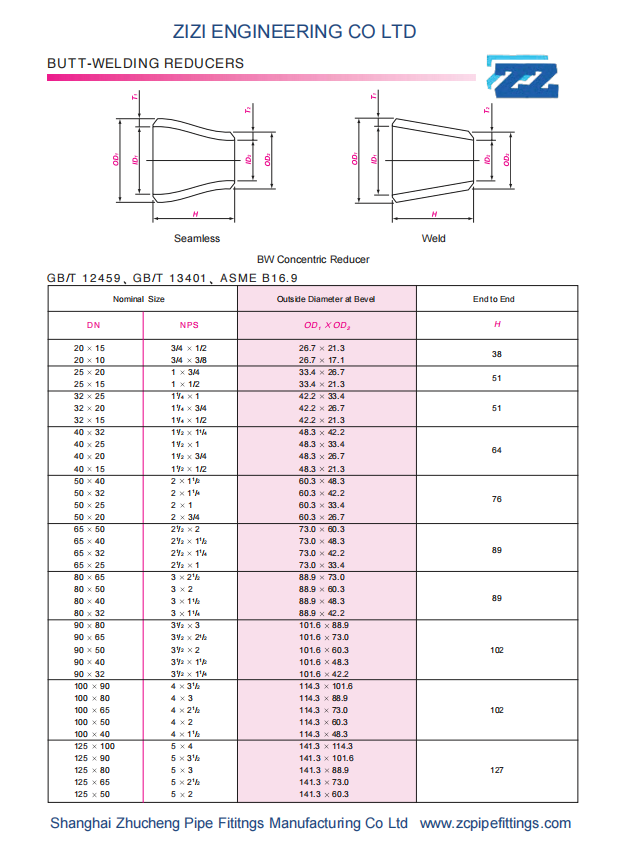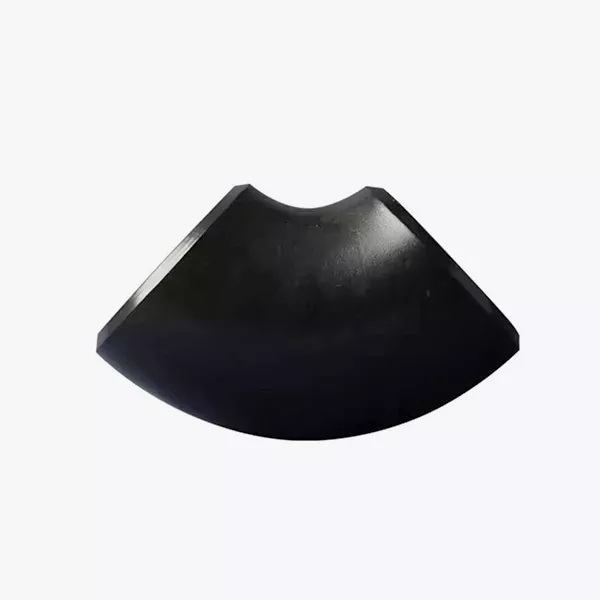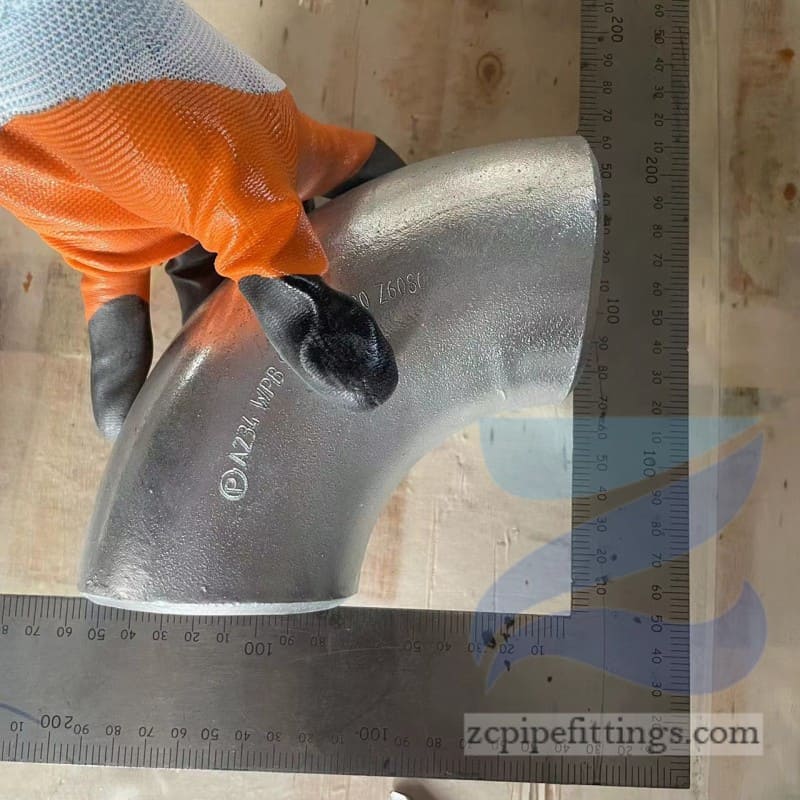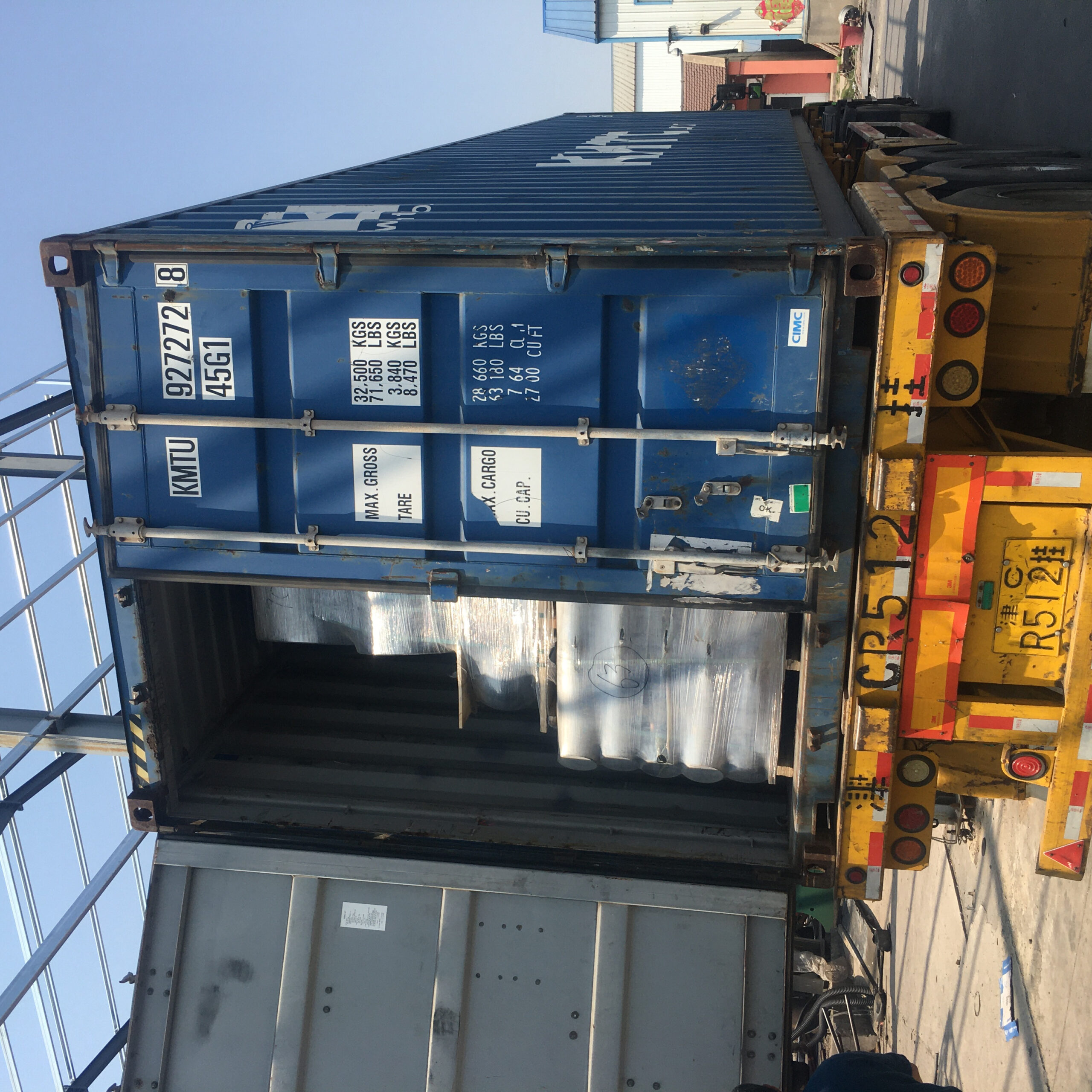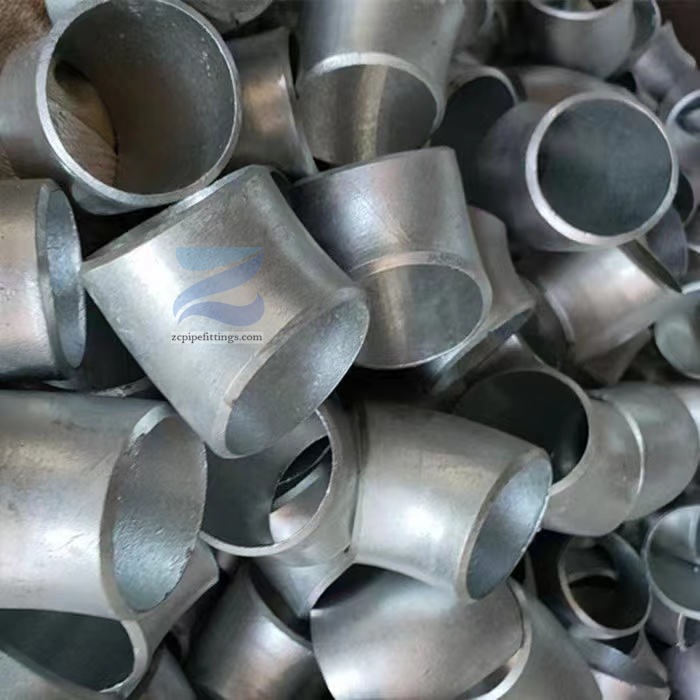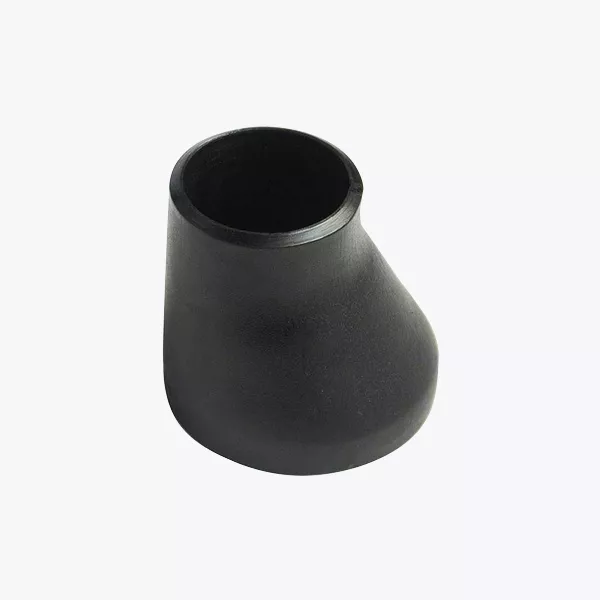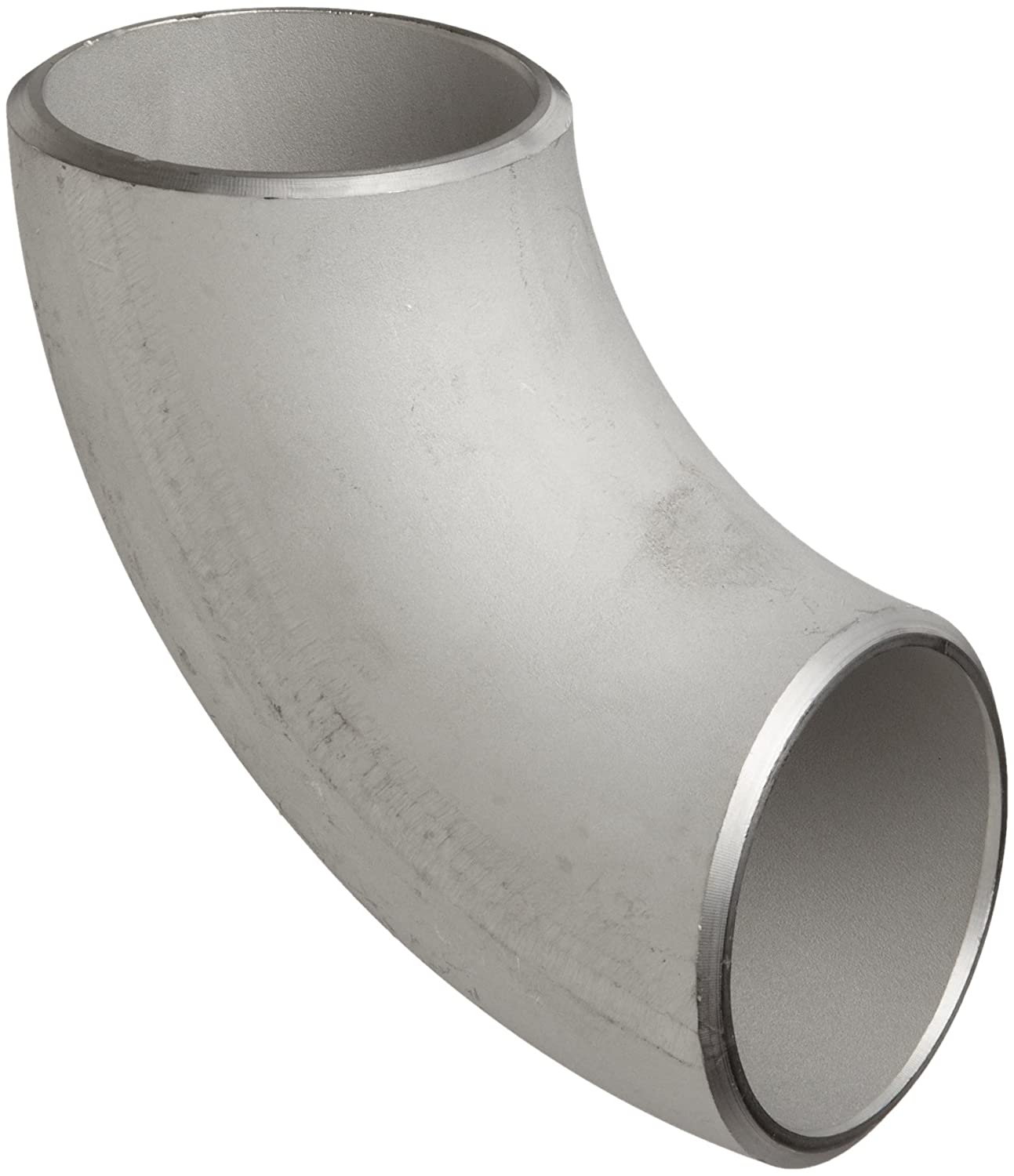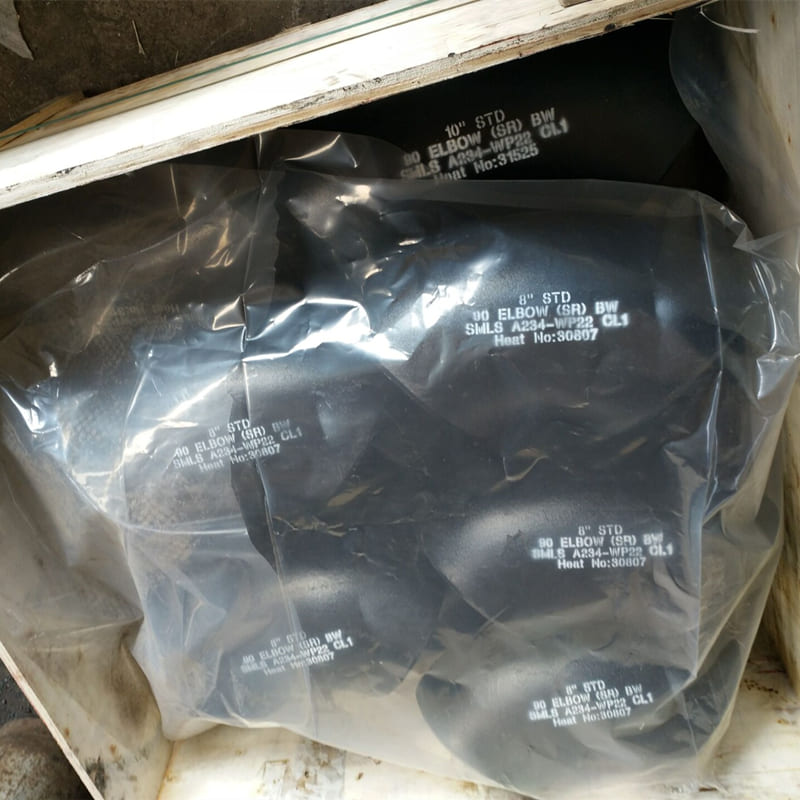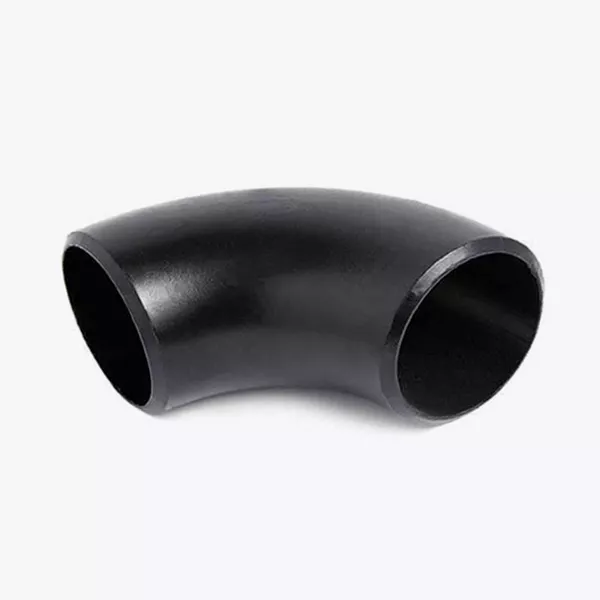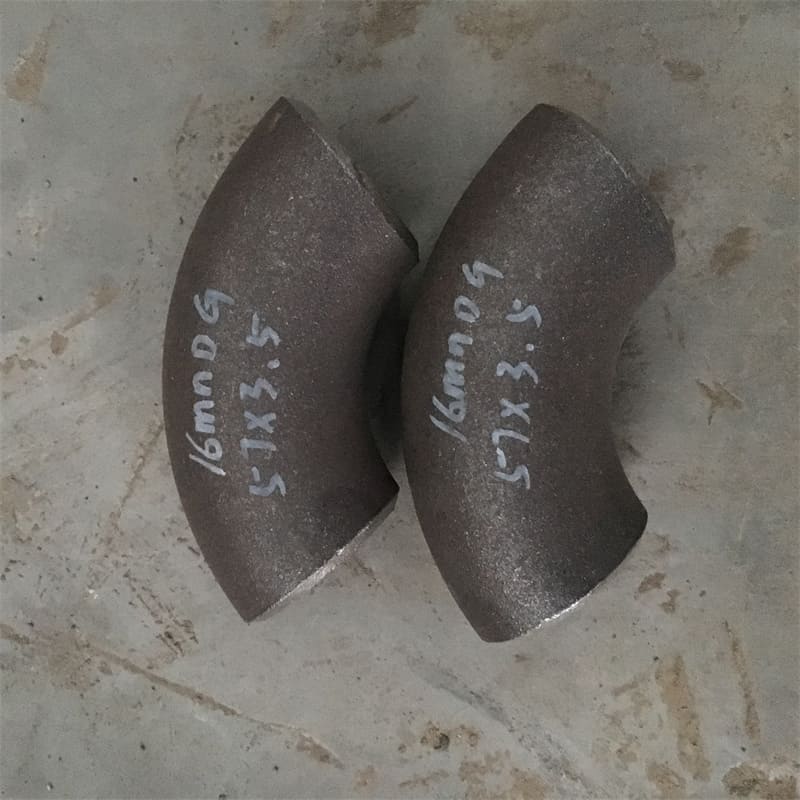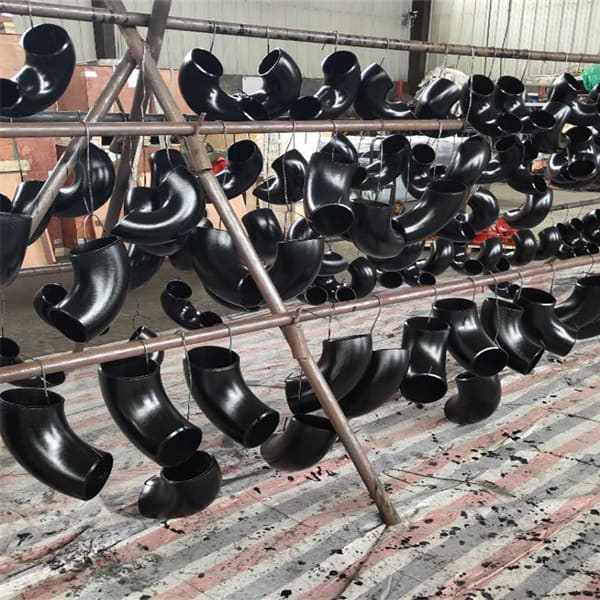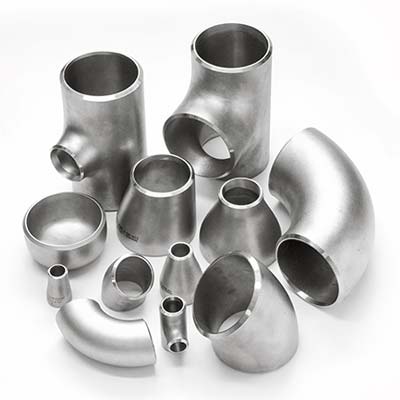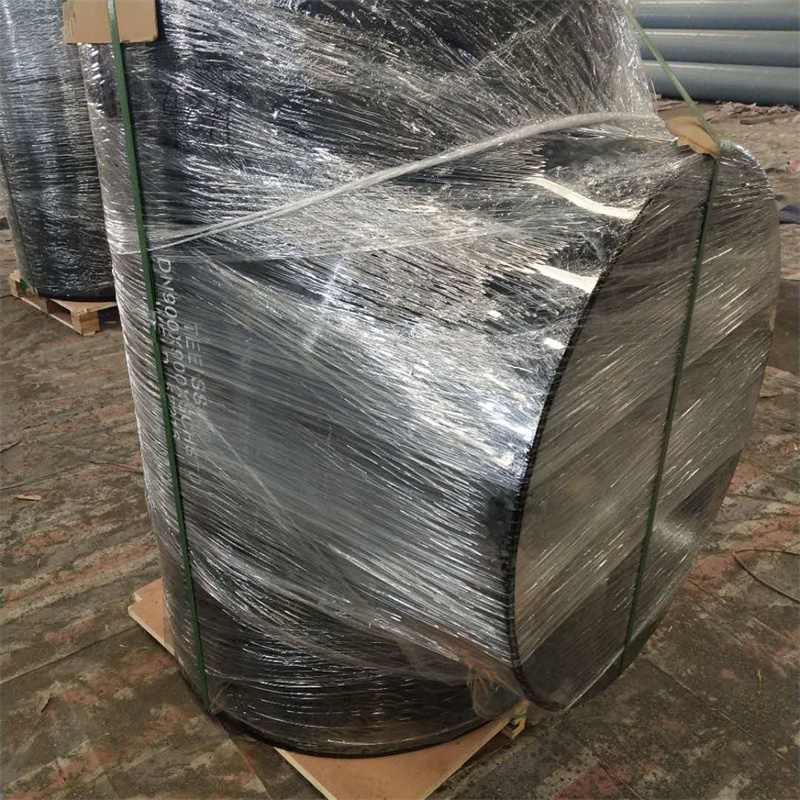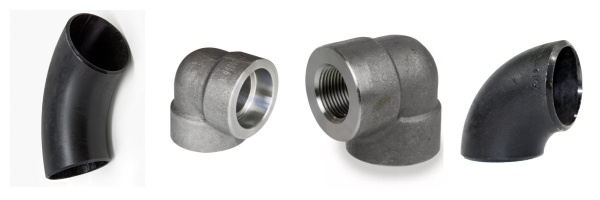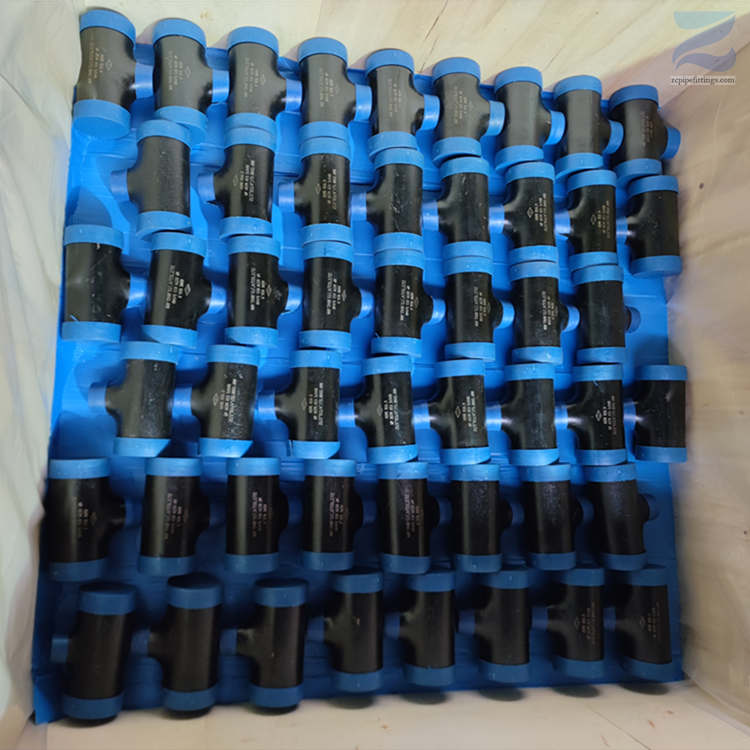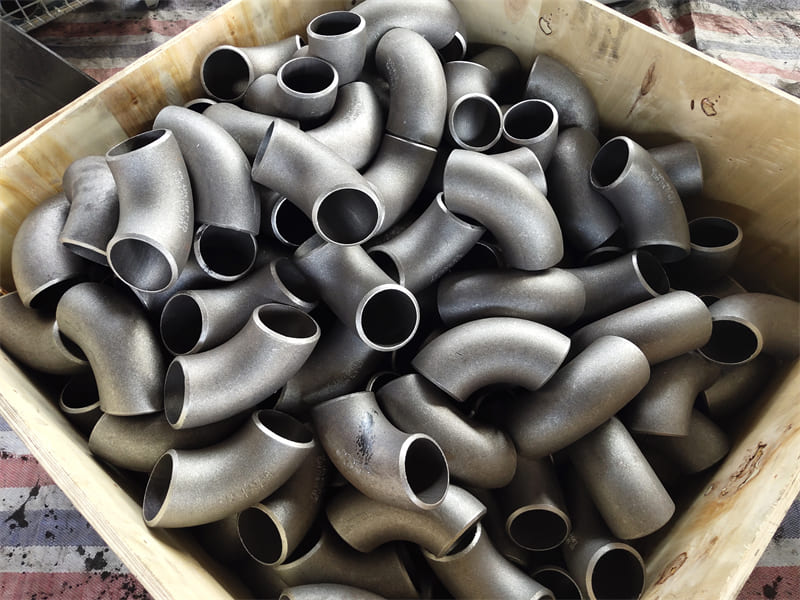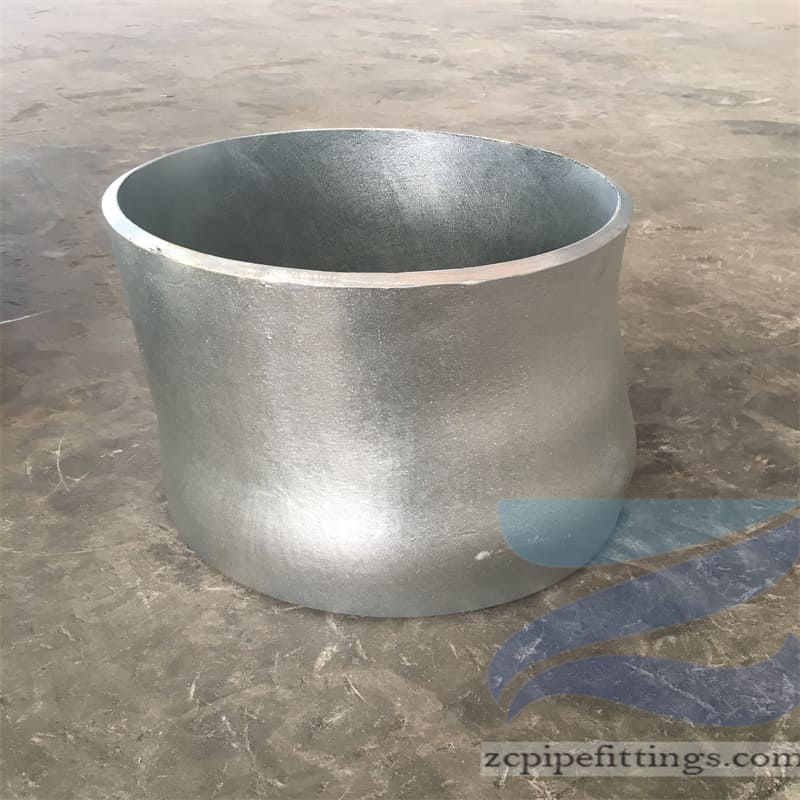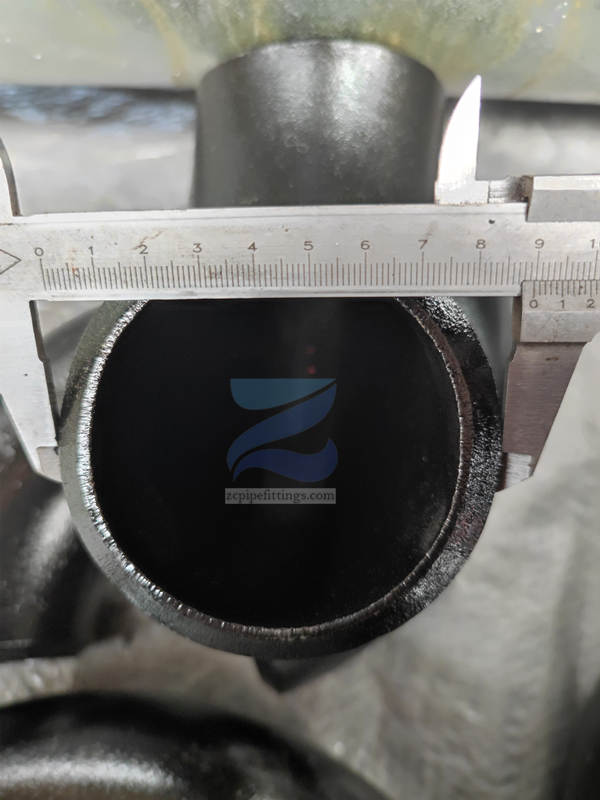What is a concentric reducer?
A concentric reducer is used to join pipe sections or tube sections on the same axis.The concentric reducer is cone-shaped, and is used when there is a shift in diameter between pipes.For example, when a 1″ pipe transitions into a 3/4″ pipe and the top or bottom of the pipe doesn’t need to remain level. This pipe reducer may be used when there is a single diameter change or multiple diameter changes.Unlike eccentric reducers, concentric reducers have a common center line. Concentric reducers are useful when cavitation is present. Eccentricity occurs when the centerline is offset.
SPECIFICATION Of concentric reducer
| Size Range | 3/4″-60″/DN20-1500 |
| Thickness schedule | SCH10-SCH16,XXS |
| China Standard | GB/T12459,GB/T13401,HG/T2635,SH3408/3409 |
| America Standard | ANSI/ASME B 163.9 /MSS SP 43 |
| Europe Standard | EN10253 |
| Carben Steel | Q235,20#,35#,45#,20G,ASTM A234 WPB/WPC |
| Low Tem Crabon Steel | Q345B,16Mn,ASTM A420 WPL6 |
| Pipeline Steel | ASTM A860,WPHY 42/46/56/60/65 |
| Alloy Steel | ASTM A234 WP11/WP12/WP5/WP9/WP91/WP92 F11/12/5/9/91/92/22,15CrMoG |
| Stainless Steel | ASTM a403 WP304/304L/304H,316/316L,310S,317,347,904L |
What’s the difference between Concentric and Eccentric
The cone-shaped concentric pipe reducer means the pipes have matched center lines, and the eccentric reducer has mis-matched center lines. Both of these have a consequence regarding flow. Most reducers are going to be concentric. Eccentric reducers are used when the pipes have to maintain the same top or bottom level. Eccentric reducers are frequently used to avoid trapping air within the system, so they are often used when both air and liquids may be flowing together.

